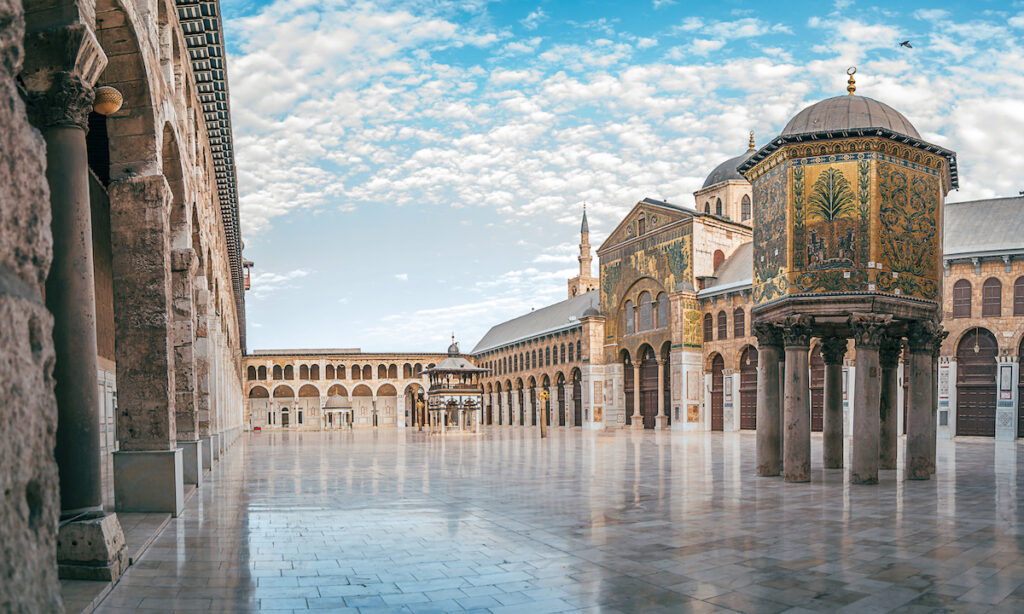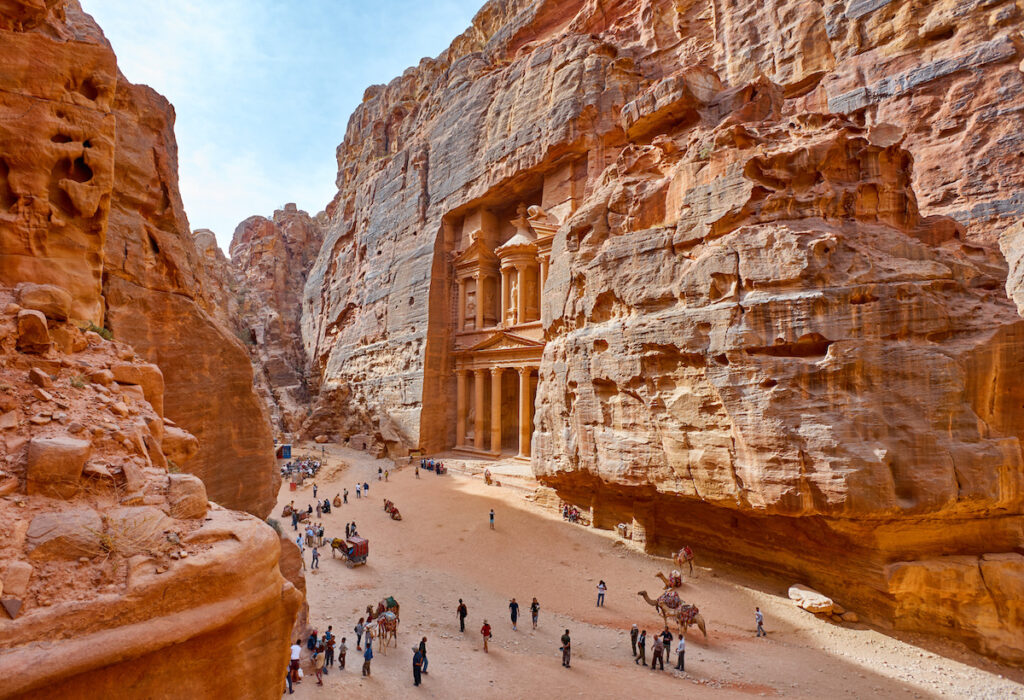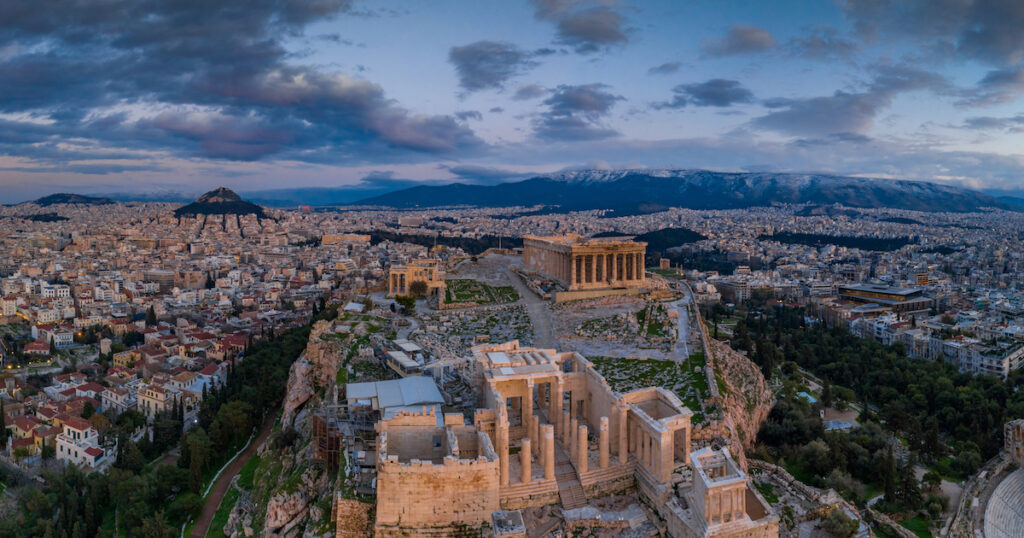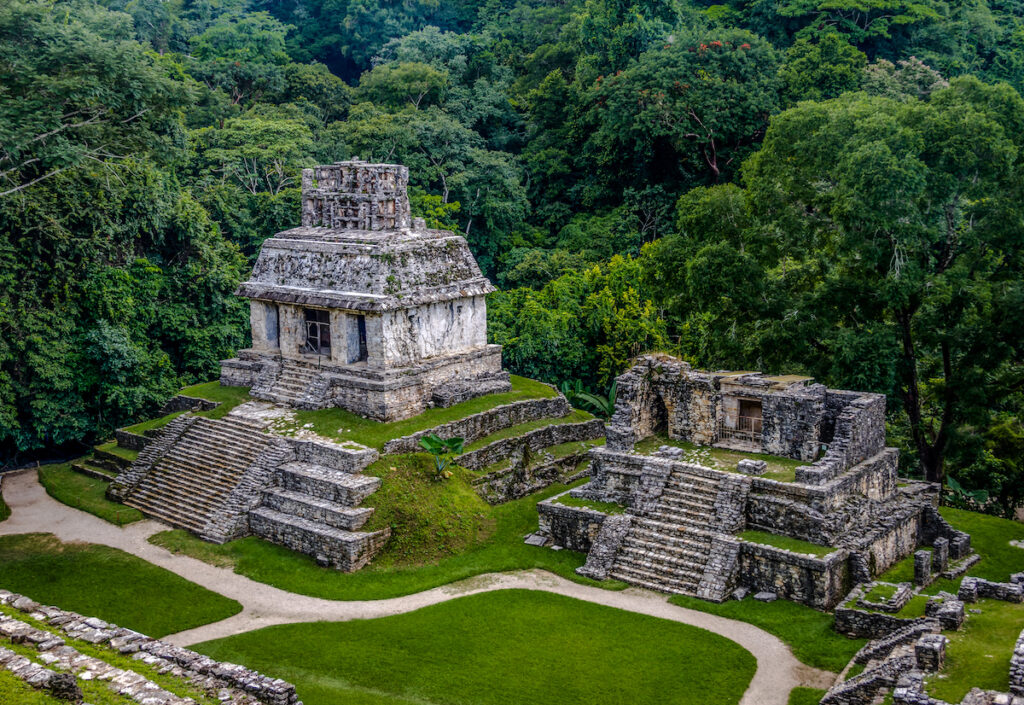Cities with a long history offer much more than just beautiful architecture and unique artefacts. They bear the signs of previous eras and civilisations and display both the positive and negative developments of mankind.
These cities – both living and in ruins – often hold amazing stories and seem to be a magnet for seasoned explorers. Here are five of the oldest cities in the world that you can visit when the world opens up again.

Damascus, Syria
Though the exact time is still debated, the history of Damascus goes back to 10,000–8000 BCE and it is recognised as one of the oldest continually inhabited cities in the world.
In the medieval period, it was the centre of a flourishing craft industry, with different areas of the city specialising in particular trades or crafts.
It was also a destination for local and overseas merchants and craftsmen to come together to trade. This was perhaps due to its advantageous geographical location at the crossroads of the east and west.
The city is marked by several civilisations that created it, Hellenistic, Roman, Byzantine and Islamic, and visitors are often charmed by the amazing architecture, narrow alleys, and green courtyards within the walled city.
The capital, and second-largest city of the country, now has a population of around 2.5 million people and is still known by its popular epithet al-Fayḥāʾ (meaning the Fragrant), earned perhaps for the freshness of its surrounding orchards and gardens.

Petra, Jordan
This breathtaking ancient city is perhaps most well-known for the impressive structures carved directly into the rockface.
Petra is also called the ‘Rose City’ because the stone has a pinkish hue, but the Greek name Petra (meaning Rock) probably replaced the biblical name Sela.
This area of Jordan’s Arabian Desert has been home to humans for thousands of years – it’s estimated that it was founded around 7000 BCE.
The Petra that we can see today though, was built closer to the common era in around 400–200 BCE.
Due to its location on a popular trade route, Petra flourished as a major hub and enjoyed a few centuries of independence and wealth before the Romans invaded in 106 CE.
Unfortunately, a major earthquake in 363 CE hastened its disappearance from maps until it was rediscovered in 1812. Petra became a UNESCO World Heritage Site in 1985 and is now one of the New7Wonders of the World and Jordan’s most visited tourist attraction.

Athens, Greece
The capital and largest city in Greece, Athens is thought to have been inhabited since 5000 BCE. It was named after Athena, the goddess of wisdom and warfare and was the most influential of the Greek city-states.
History buffs will love wandering around the birthplace of democracy, which is brimming with historical gems representing various empires such as Roman, Byzantine, and Ottoman.
The tradition of theatre in Greece dates back to the time when democracy was first established in Athens in 500 BCE, and it is now home to 148 theatre stages – more than the West End and Broadway combined.

Luxor, Egypt
Luxor is a modern-day Egyptian city that lies atop the ancient city of Thebes, which was established around 3200 BCE. The city started out as a small trading post but eventually grew to become one of Egypt’s largest urban centres, even serving as the capital at times. During its peak, it was one of the wealthiest cities of the Egyptian Empire.
Many ancient structures and ruins can still be seen throughout Luxor today, including the Karnak and Luxor temples, several monuments and statues, and the Theban Necropolis.
In 1979, the ancient ruins of Thebes became a UNESCO World Heritage site and thousands of tourists come to the city every year to visit the ancient monuments.

Palenque, Mexico
Mexico is home to the Palenque architectural zone, half temple, half jungle, and it sure is a sight to behold.
The age of Palenque is uncertain, but it’s thought that it was first occupied around 200 BCE, but really flourished from around 630–740 CE.
Its original name is speculative but may have been Lakamha (meaning Big Water); the site now shares the name the Spanish gave to a neighbouring village.
The city was abandoned around 800 CE and the surrounding jungle overtook the city, which lay buried and hidden until the 1700s when local Maya told a Spanish priest of its existence.
It wasn’t until an ancient crypt was found in 1952 that people really started to take an interest in the area. There are now more than 200 known architectural structures in Palenque, including homes, pyramids and a palace, but it’s believed much of the ancient city is still waiting to be discovered.
The city’s ruins were designated a UNESCO World Heritage site in 1987.
Do you enjoy frequenting historical sites when you travel? Have you visited any of these ancient cities?
If you enjoy our content, don’t keep it to yourself. Share our free eNews with your friends and encourage them to sign up.
Related articles:
https://www.yourlifechoices.com.au/travel/life-almost-captured-on-saigon-streets
https://www.yourlifechoices.com.au/travel/destinations/asia/should-we-travel-to-north-korea
https://www.yourlifechoices.com.au/travel/destinations/mungo-magic

